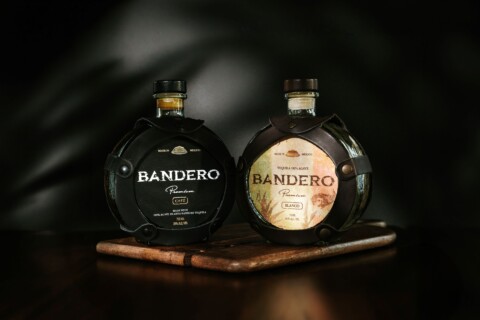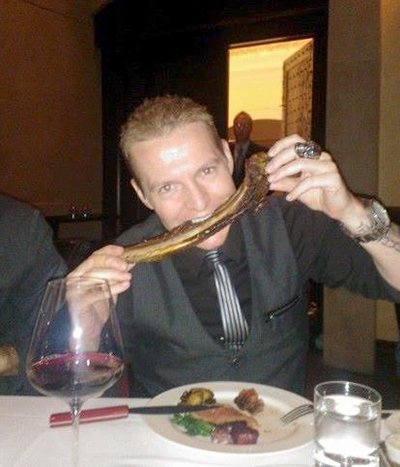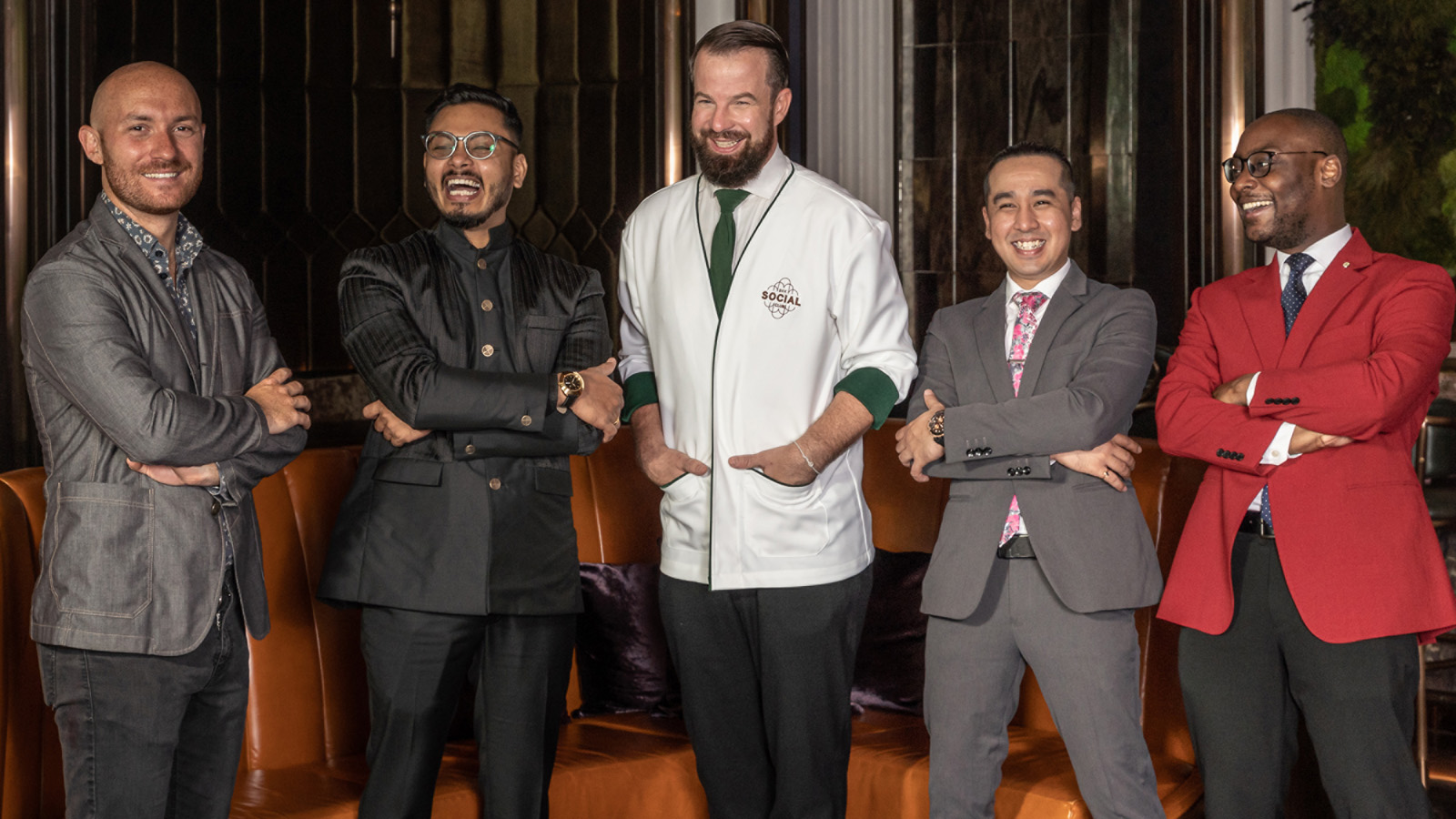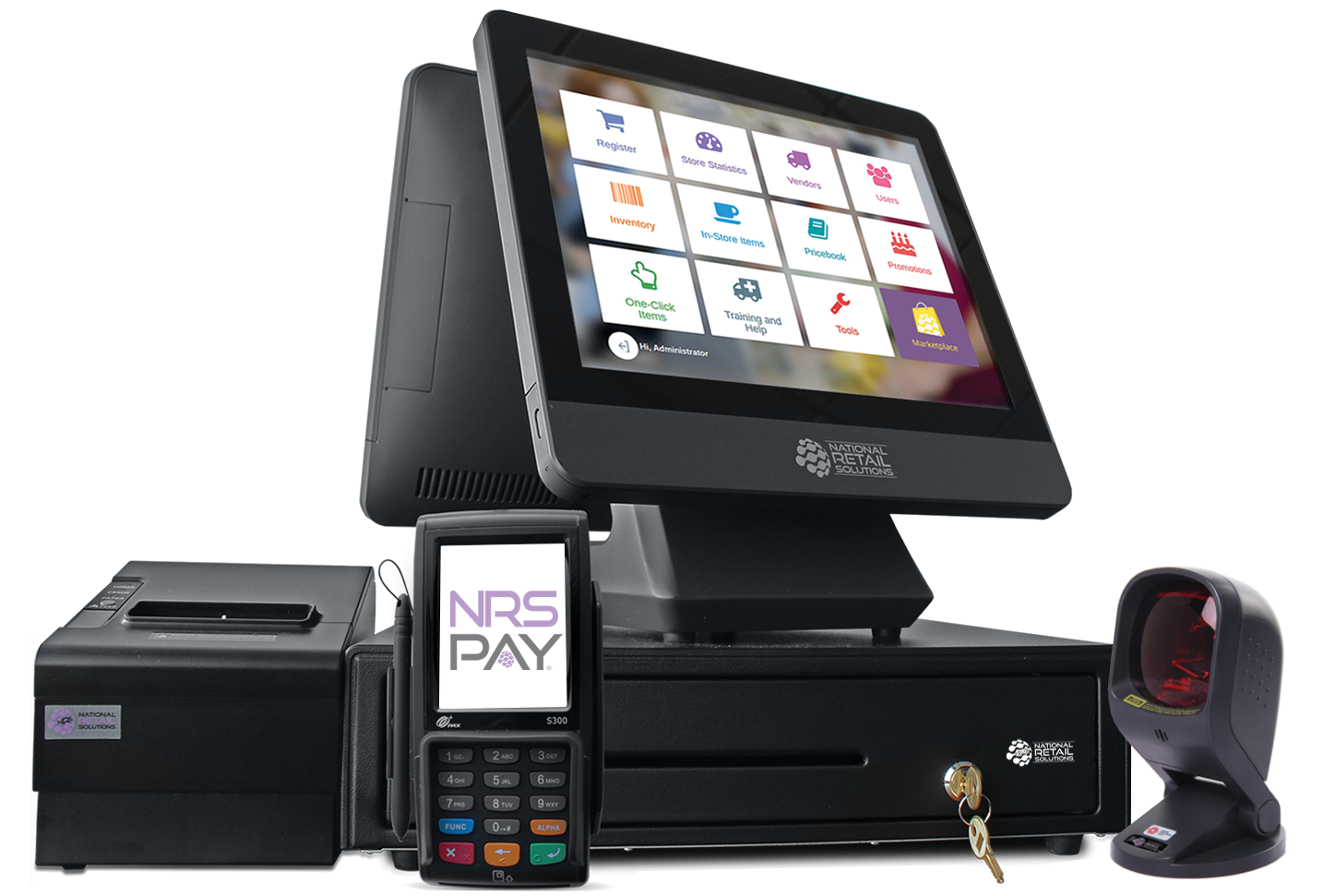 I’m a restaurateur by passion and trade, but I’m also a member of a tribe. Not a tribe of fellow restaurant owners, mind you; although a case could be made for that as well. I am a member of a much larger tribe.
I’m a restaurateur by passion and trade, but I’m also a member of a tribe. Not a tribe of fellow restaurant owners, mind you; although a case could be made for that as well. I am a member of a much larger tribe.
When I purchased each of the Apple devices in my arsenal, including the computer I’m using to type these very words, I joined a tribe. I don’t exactly know how it happened, but somewhere along the line I became an Apple ambassador. I can’t explain exactly when or why my tribal instincts surfaced, but I often find myself secretly scoffing at anyone using a PC or an Android phone.
Is it about the products? Of course; but it’s bigger than any particular device. It doesn’t matter to me that experts say Samsung makes a better phone and provides a better value. To me, Samsung just makes a phone. My iPhone is more than that…because it connects me to a brand. The Apple brand. And I am an unabashed member of its tribe.
So it got me to thinking… How can I, as a restaurateur, create my own tribe?
IT’S NOT A “LARGE”
The brands that dominate their industries, or “Category Killers” as they are known, all share one common attribute: They are tribal. They have developed a new culture, instituted their own distinctive language and spawned unique rituals.
We see examples of this on a daily basis. When you go into Starbucks, you don’t ask for a “large coffee;” you order a “Venti Double Mocha Frappuccino.” You don’t search for something online; you “Google” it. No one ever walks into a bar and orders a rum and Pepsi.
Countless words and phrases have become part of our daily lexicon that didn’t exist before they were conceived by category killers. They created a Tribal Language.
I have found that creating a language unique to each of my restaurant brands can be both simple and effective. My first order of business when developing or tweaking one of my concepts is filling in the blank, “We are the home of the _______.” I want to stand out from among the competition – and what industry could possibly be more competitive than restaurants? – so I insist on being known for something that is purely ours.
CUSTOMS OF CUSTOMERS
As for rituals, imagine me telling you that I am going to sell a product for which people will pitch a tent on a sidewalk and spend the night waiting for the opportunity to buy. But there’s a catch. I won’t let them see it before they buy it, I won’t tell them exactly what it does and I will charge them a premium.
You’d say I’m crazy and no reasonable person would ever fall for it. And yet, this curious ritual occurs virtually every time Apple releases a new product.
We can observe another ritual each morning in cities across America. When the red light at Krispy Kreme turns on, the salivating masses line up to get their fix of fried dough and sugar.
Still the best example of tribal rituals can be witnessed in stadiums and arenas across the globe. Whether it be a soccer team in Brazil, a hip hop star in New York, a high school football squad in West Texas or a rock band in Tokyo, their adoring fans – their tribes, if you will – will turn out en masse to support their favorite “brands” with unbridled passion. The venues positively drip with excitement and the sense of tribal devotion is so undeniable that it almost punches you in the face.
We set out to create rituals at our restaurant concepts that cultivate similar tribal instincts. For example, every Saturday morning we bring in a yoga instructor to offer a free class before we open, and then provide breakfast and coffee afterwards for participants. We organize a “Beer Run” once a month in which customers wear branded t-shirts and run, jog or walk from one of our concepts to another, pausing for a beer at each stop along the way. Hundreds of men and women take part, and the event has taken on a life of its own.
These are just two illustrations of the simple, yet powerful, rituals we have created to promote our Tribal Culture.
MEMBERS ONLY
 Jimmy Buffett is still one of the top grossing musicians every year thanks to his legions of “Parrotheads.” Some of the world’s most loyal fans are Green Bay Packer “Cheeseheads.” A 50-year-old television series still has such a devoted tribe that the annual Star Trek convention in Las Vegas draws more than 12,000 “Trekkies” from around the world, most proudly decked out in full costumed glory.
Jimmy Buffett is still one of the top grossing musicians every year thanks to his legions of “Parrotheads.” Some of the world’s most loyal fans are Green Bay Packer “Cheeseheads.” A 50-year-old television series still has such a devoted tribe that the annual Star Trek convention in Las Vegas draws more than 12,000 “Trekkies” from around the world, most proudly decked out in full costumed glory.
Customers of Tribal Brands are typically happy to pay top dollar to support their favorite brand; but, more importantly, they are inspired to become apostles. These brand advocates develop an uncommon allegiance to the brand that is reinforced through fellow members of the tribe.
We have taken this step to the extreme at one of our concepts where our Guests are actual paying Members. This “membership approach” has proven to be a hugely successful strategy in creating both loyal fans and brand advocates.
THREE COMPONENTS OF A TRIBE
So how does a tribe actually form?
First, tribal brands embrace a mission. Not a mission statement, but a mission.
What’s the difference? A mission statement is a code by which a company operates. A mission finds the human value in the company’s purpose. Tom’s Shoes’ “One for One” slogan is a great example of a mission, not a mission statement. A mission gives customers a reason to buy that goes beyond simply acquiring a product.
The second attribute tribal brands possess is authenticity. They recognize that every point of contact between the brand and the customer is being evaluated. Everything is judged as either a positive or a negative – there is no neutral. They have developed a “Brand DNA” and use it as a filter through which every decision must pass to ensure authenticity. Tribal brands are believable.
Lastly, the best brands are great connectors. Tribal brands not only connect consumers to the company or product, but they connect them to each other. People find validation within these tribal communities.
So the question is, how can you create a tribe for your restaurant brand?
Start by applying the three components above to the process of creating your own distinctive language, rituals and culture. If you stick to it, and make it core to your brand, you’ll eventually turn customers into advocates…and a new tribe will be born.








